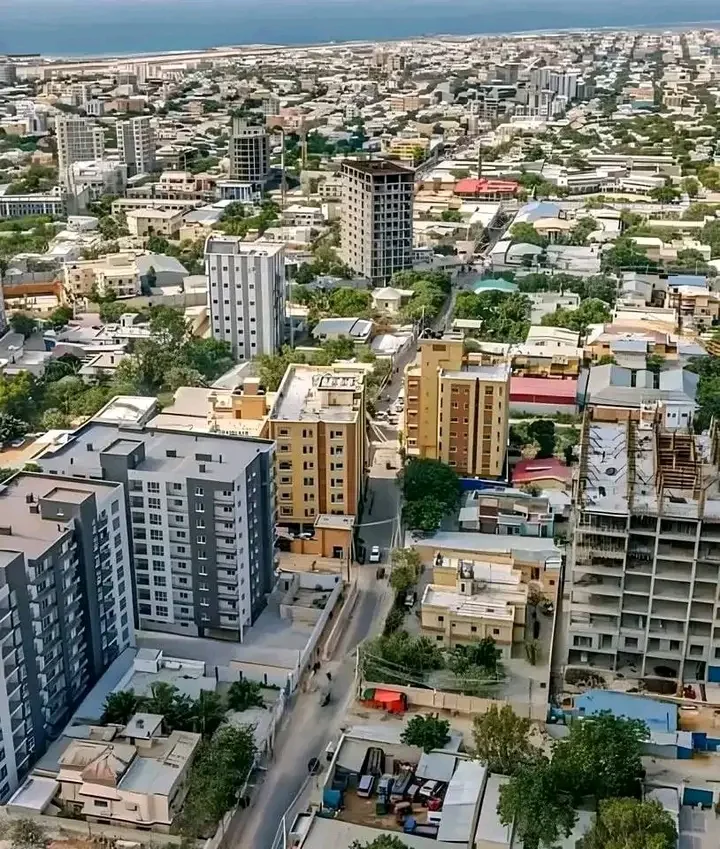Security Report and Analysis on Mogadishu.
The people of Mogadishu have not only sacrificed their blood for the peace of Mogadishu but have also endured displacement from their homes that lived on over the past 30 years.
After the collapse of the Somali government in 1991, the people of Mogadishu gathered in specific neighborhoods to safeguard themselves. These neighborhoods were inhabited by people who knew and trusted each other. However, when Mogadishu began repopulating in 1996, people started to build public infrastructure such as roads and schools, although no organized urban planning was implemented.
The situation worsened in 2009 and 20011 when President Sharif’s government was established. Ethiopian forces and extremist groups were ousted from Mogadishu, causing people to cluster into close-knit neighborhoods driven by mutual suspicion. This led to overcrowding, with families living in spaces as small as two meters. These neighborhoods began to resemble Hong Kong, which was characterized by limited land and overpopulated
Additionally, extremist group Al-Shabaab infiltrated these neighborhoods, posing as displaced civilians seeking refuge. They occupied any available land near the so-called “green zones” and used these areas to plan attacks against Mogadishu.
Changes in Mogadishu’s Security
As Mogadishu’s security improved, residents began relocating to suburban areas. The neighborhoods they vacated, which had initially been developed with public infrastructure, were rented out to newcomers to the city, some of whom came from other regions or neighboring countries. Unfortunately, Al-Shabaab exploited this situation by renting properties in these neighborhoods to coordinate attacks against the government and civilians.

For example, investigations conducted by the government revealed that numerous bombings in Mogadishu between 2020 and 2024 were planned from overcrowded neighborhoods lacking organized streets or security cameras. One such incident was the assassination of Somali poet Sugule, who was killed in October 2024 in a bombing near Somalia’s main police headquarters, General Kaahiye.
Further investigations into the house of the suicide bomber revealed that the family of the tenant responsible for the attack had vanished without a trace. As a result, the government issued an order to demolish all such houses. Yesterday, the government began implementing this directive, although additional neighborhoods, such as Fardooleey and Buulo Gaaljecel, are under scrutiny for housing suspected Al-Shabaab cells.
Security Measures and Their Impact
Police officers working in the Hodan district reported that the demolition of overcrowded neighborhoods like Zone K significantly reduced killings and criminal activities in those areas. Although this action was criticized on social media, with an image of a schoolgirl standing in a demolished area widely shared, officials highlighted that the demolitions saved many lives.
For instance, before the demolitions, four people were killed in the area for installing a security camera in their residence. The weapons used in the murders were later found, and it became evident that those involved had been living in the neighborhood. The demolitions ultimately ended the killings and insecurity in Hodan.
Government’s Objectives
The government’s primary objectives in demolishing these overcrowded neighborhoods are twofold:
- To return the property to its rightful owner, as determined by a court ruling.
- To enhance Mogadishu’s security, ensure that unknown individuals cannot reside near government facilities or green zones.
The people of Mogadishu largely support these efforts, even if it means leaving areas they have called home for 30 years. They recognize that these measures are essential for the city’s safety and offer a pathway to a more secure future.


